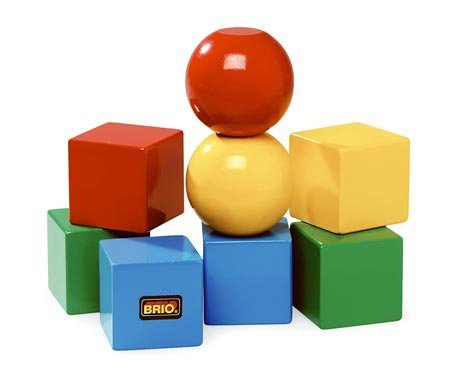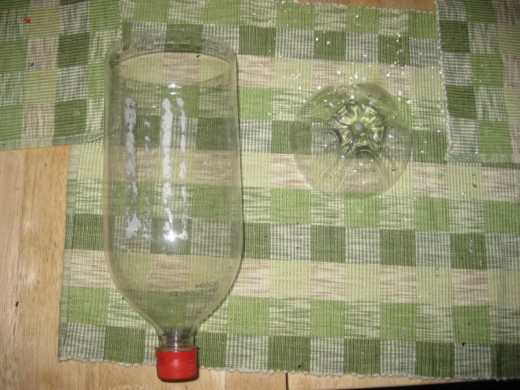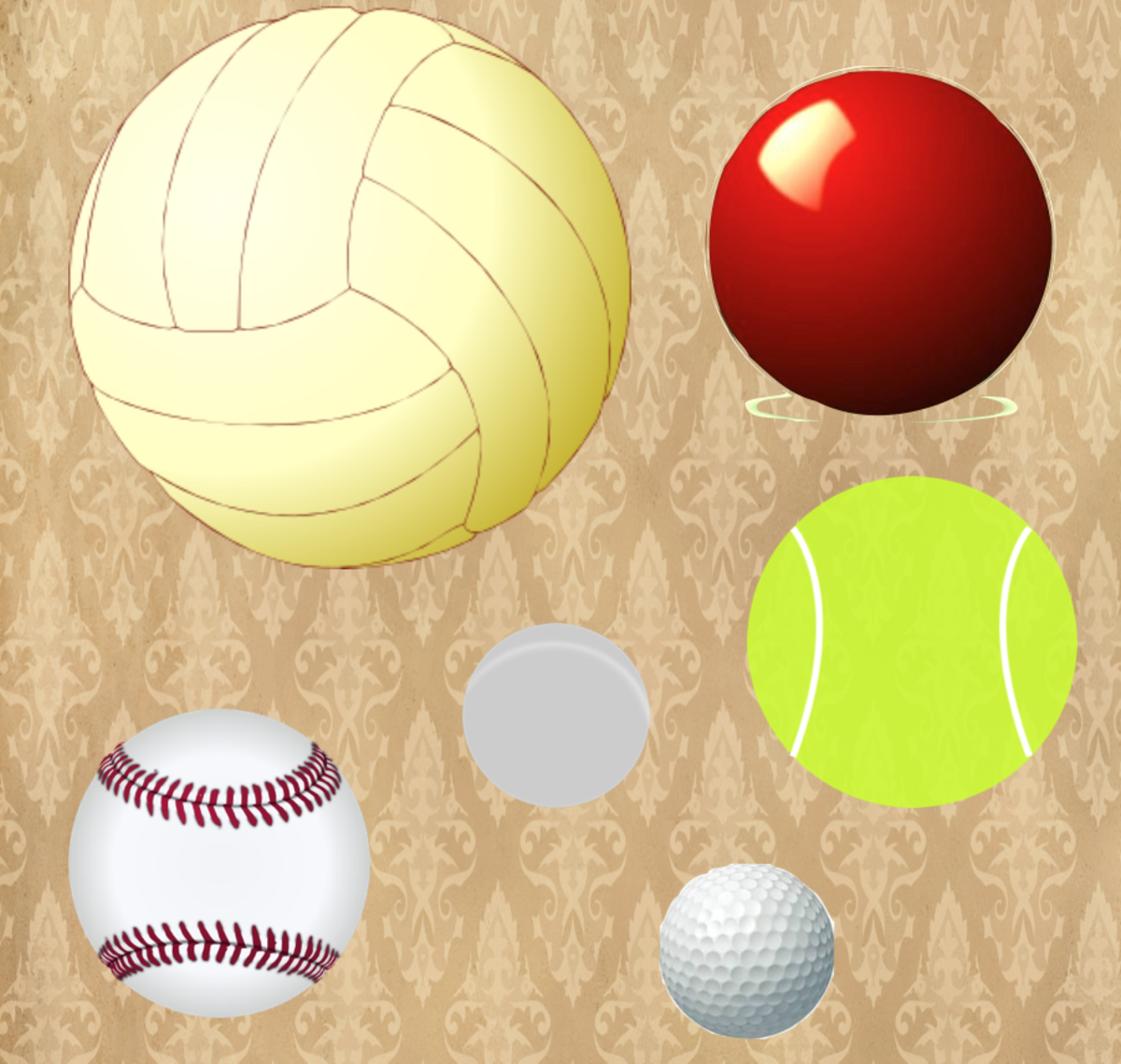Fast and Easy Science Fair Projects: Bottled Force





Kinetic and Potential energy
Purpose: Let's go if we can find a way to store "work" energy.
Overview: Energy can be placed in one of two groups, kinetic energy and potential energy. Kinetic energy is the energy or work being done. It is the energy of movement. When a bowling ball is rolling down the alley, the energy of its motion is kinetic energy. Potential energy is "stored-up" energy. It means something has the ability to do work, but the energy is not being used at the moment.If a rock is sitting high on a hilltop, it has potential energy. Because of gravity, the resting rock has the potential, or ability, to release energy. If the rock is given a push, its potential energy is easily turned into kinetic energy... as it rolls down the hillside. We use the word mass to describe how much "Stuff" and object has in it. The more mass an object has, the heavier it will be. A ping pong ball and a golf ball are both about the same size and shape, but the golf ball has more mass. Think about how much more mass a bowling ball has compared to a same size ball of cotton candy!
Hypothesis: The more mass an object has, the more potential energy it will have when it is raised up, and the more kinetic energy it will have when gravity causes it to move down. This can be proven by comparing the work done by objects that are the same size and shape, but have different masses.
You need:
- Children's wooden building blocks
- 2-liter plastic soda bottle
- piece of wood 1 foot (30 cm) wide by 4 feet (120 cm) long)
- thick book
- water
Procedure: Lay a book about an inch (2-3 cm) thick face down on the floor. Place one end of a board about 1 foot wide by 4 feet long (30 by 120 cm) on the book, making a ramp with a gentle slope.
On the floor, about 1 foot (30 cm) from the end of the ramp, stack three or four children's wooden building blocks on top of each other.
Hold an empty 2-liter soda bottle at the top of the ramp. The bottle has potential energy (Stored energy), because gravity can pull it down. Let go of the bottle, but be careful not to give it a push. Just let gravity start it rolling. Does it push over the wooden blocks? If it doesn't, remake the stack but this time use one less block. If it does, add another block to the stack. Repeat rolling the bottle and adding or taking away blocks until you find out exactly how many blocks the empty bottle will push. Do not stack the blocks behind the first, building a thicker wall.
Now, fill the plastic bottle with water. Be sure the cap is on tight. We are keeping the slope of the ramp Constant, and the Variable will be the mass of the bottle. As before, place the bottle at the top of the ramp and find out the maximum number of blocks it can knock down. Remember not to stack the blocks more than six high. Make more stacks of blocks behind the others, making the wall thicker.
When the bottle is filled with water, it has more mass. Did the filled bottle have more potential and kinetic energy than when it was empty and had less mass?
Results and Conclusion: Write down the results of your experiment. Come to a conclusion as to whether or not your hypothesis was correct.
Something more: 1. What can you full the bottle with to give it more mass than water, giving the ability to do even more work (pushing even more blocks)?
2. Change the slope (the incline) of the ramp. How does the angle of the ramp affect the bottle's kinetic and potential energy?
3. At what angle does the force into the books remain unchanged? At some point, the bottle will begin putting energy into the floor and no more into the blocks.
Related Pages:
- Smaller is Stronger
Testing tensile strength Purpose: To discover if an object's strength has any relation to its length. Overview: The term tensile strength means how strong something is when it is unsupported; how much... - Swinging Good Time
Pendulum motion Purpose: The properties of pendulums will be investigated. Overview: When a weight is hung by a wire or a string that is tied to a fixed point ( a point that doesn't move), it is called a... - Hot rocks
Heat transfer from one medium to another Purpose: Is there a good way to store solar heat, and release it slowly over time? Overview: Did you ever touch a rock that has been baking in the sun on a... - An Uphill Battle
Kinetic energy and the transfer of energy Purpose: Demonstrate that energy can be transferred from object to object, and defy gravity. Overview: An energy force can travel like a wave, which means that it... - Water Maker
Solar Radiation Purpose: How could we change snow to water if the temperature was below freezing? Overview: If you were stranded in the woods or in a place where there was lots of snow and ice and you...













